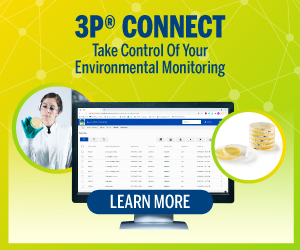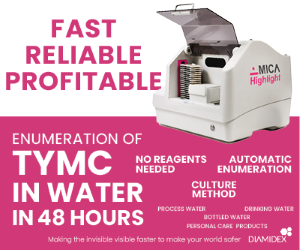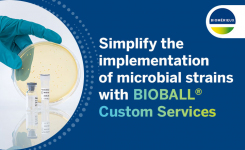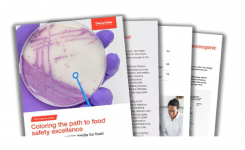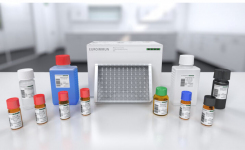
 April 7th is World Health Day! The focus this year is on food safety. New data on the harm caused by foodborne illnesses underscore the global threats posed by unsafe foods, and the need for coordinated, cross-border action across the entire food supply chain, according to WHO.
April 7th is World Health Day! The focus this year is on food safety. New data on the harm caused by foodborne illnesses underscore the global threats posed by unsafe foods, and the need for coordinated, cross-border action across the entire food supply chain, according to WHO.
Today, WHO will be highlighting the challenges and opportunities associated with food safety under the slogan “From farm to plate, make food safe.”
“Food production has been industrialized and its trade and distribution have been globalized,” says WHO Director-General Dr Margaret Chan. “These changes introduce multiple new opportunities for food to become contaminated with harmful bacteria, viruses, parasites, or chemicals.”
Dr Chan adds: “A local food safety problem can rapidly become an international emergency. Investigation of an outbreak of foodborne disease is vastly more complicated when a single plate or package of food contains ingredients from multiple countries.”
Unsafe food can contain harmful bacteria, viruses, parasites or chemical substances, and cause more than 200 diseases - ranging from diarrhoea to cancers. Examples of unsafe food include undercooked foods of animal origin, fruits and vegetables contaminated with faeces, and shellfish containing marine biotoxins.
Today, WHO is issuing the first findings from what is a broader ongoing analysis of the global burden of foodborne diseases. The full results of this research, being undertaken by WHO’s Foodborne Disease Burden Epidemiology Reference Group (FERG), are expected to be released in October 2015.
Some important results are related to enteric infections caused by viruses, bacteria and protozoa that enter the body by ingestion of contaminated food. The initial FERG figures, from 2010, show that:
- there were an estimated 582 million cases of 22 different foodborne enteric diseases and 351 000 associated deaths;
- the enteric disease agents responsible for most deaths were Salmonella Typhi (52 000 deaths), enteropathogenic E. coli (37 000) and norovirus (35 000);
- the African region recorded the highest disease burden for enteric foodborne disease, followed by South-East Asia;
- over 40% people suffering from enteric diseases caused by contaminated food were children aged under 5 years.
Unsafe food also poses major economic risks, especially in a globalized world. Germany’s 2011 E.coli outbreak reportedly caused US$ 1.3 billion in losses for farmers and industries and US$ 236 million in emergency aid payments to 22 European Union Member States.
Efforts to prevent such emergencies can be strengthened, however, through development of robust food safety systems that drive collective government and public action to safeguard against chemical or microbial contamination of food. Global and national level measures can be taken, including using international platforms, like the joint WHO-FAO International Food Safety Authorities Network (INFOSAN), to ensure effective and rapid communication during food safety emergencies.
At the consumer end of the food supply chain, the public plays important roles in promoting food safety, from practising safe food hygiene and learning how to take care when cooking specific foods that may be hazardous (like raw chicken), to reading the labels when buying and preparing food. The WHO Five Keys to Safer Food explain the basic principles that each individual should know all over the world to prevent foodborne diseases.
“It often takes a crisis for the collective consciousness on food safety to be stirred and any serious response to be taken,” says Dr Kazuaki Miyagishima, Director of WHO’s Department of Food Safety and Zoonoses. “The impacts on public health and economies can be great. A sustainable response, therefore, is needed that ensures standards, checks and networks are in place to protect against food safety risks.”
WHO is working to ensure access to adequate, safe, nutritious food for everyone. The Organization supports countries to prevent, detect and respond to foodborne disease outbreaks—in line with the Codex Alimentarius, a collection of international food standards, guidelines and codes of practice covering all the main foods.
Food safety is a cross-cutting issue and shared responsibility that requires participation of non-public health sectors (i.e. agriculture, trade and commerce, environment, tourism) and support of major international and regional agencies and organizations active in the fields of food, emergency aid, and education.


